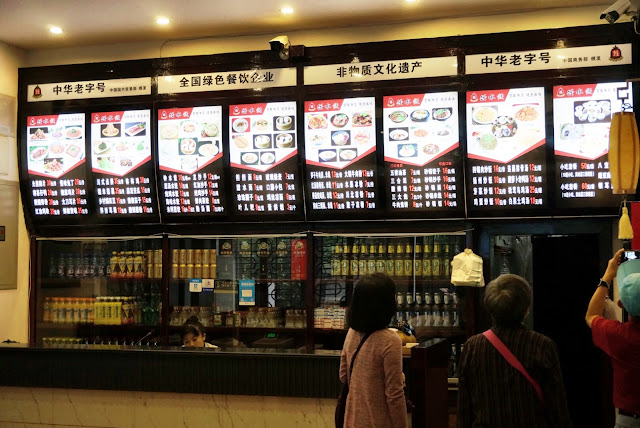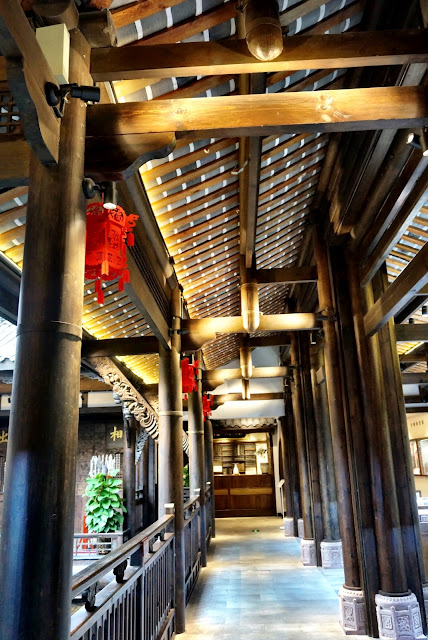My old friend, ex-coworker, and current hiking leader extraordinaire Simon Chan has organized three trips to China in the past. I participated in his first China hiking trip, touring 5 mountains in the northern part of China in 2012. For whatever reasons I didn’t join him on two subsequent trips. This year he decided to aim high and declared that his fourth trip, called China 4.0, would take the road less traveled and go to the remote kingdom of Tibet.
Because of the extremely tight control that Communist China places on traveling to Tibet, it is generally considered an exceptional opportunity to be able to go there. Although my travel preference usually leans toward comfort verse adventure, I decided to join Simon this time if he could pull this off. After all, Tibet has always been on my bucket list, albeit not one of the top list items.
It took Simon and another hiker Philip several months of planning and negotiating with a travel agency in China to nail down the final itinerary and cost. He also managed to corral a group of 40 people for this adventure.
From our respective residences, we will fly to Chengdu, a major city in the province of Szechuan, China. From there a big tour bus will drive us northward, following a route that was a part of an old gateway to Szechuan, called the Ancient Shu Road 古蜀道. After traversing 1212 kilometers, the tour bus will drop us off at the city of Xining 西寧, in the northwestern part of China,. We will then board a sleeper train, traversing 1960 kilometers southwest bound, to reach Lhasa 拉薩, Tibet. Once in Lhasa, we will travel, in two mid-sized buses, 270 kilometers westbound to a Tibetan city called Shigatse 日喀則. From there, we will turn around heading east, traveling another 780 kilometers, to arrive at another Tibetan city called Nyingchi 林芝. We then fly back to Chengdu to conclude our long journey. The whole trip will take 13 days, excluding transpacific flight time between LA and China.
In the following map:
(A better view of the map is here: https://drive.google.com/open?id=1nIm2zyWo5TK5ggSsJ41ZazuebJk&usp=sharing)
- We ride a big bus from point A (Chengdu 成都) to point B (Xining 西寧).
- From point B (Xining) to point C (Lhasa 拉薩) is via a sleeper train.
- From point C (Lhasa) to point D (Shigatse 日喀則), and onto point F (Nyingchi 林芝) we use two mid-sized buses.
- We fly out of point F (Nyingchi) to get back to point A (Chengdu).
One major concern of going to Tibet is about its high altitude. Elevations in Tibet run between 3000 and 5000 meters, with an average of around 4500 meters. The high altitude earns it the distinguished title of “The Roof of the World”. Rosaline and I both have asked our doctors to prescribe Diamox for us to prevent high altitude sickness. We will take one Diamox pill when our train ride to Tibet commences. We will continue to take one pill daily for another three days. Hopefully, we will not experience any high altitude symptom.
(Click on each picture to get the full-size view)

Because of its high altitude, the weather condition and solar radiation in Tibet can be less friendly than normal. We will take two Airborne every day to boost our immune system. We also carry enough packets of Emergen-C, a powder form of vitamin drink with electrolytes (as in Gatorade).

Telecommunication will be via WiFi in the hotel room at night. Since China blocks out Google, Gmail, Facebook, Instagram, LINE,..., and etc, we were advised to download the WeChat app to our cell phone before leaving home. The group of 40 will rely on WeChat for communication. For reading emails on Gmail, we plan to turn on our Verizon cellular data roaming ($10 USD per 24 hours) every other day while in China.
We flew out of LAX on 9/6/2017 at midnight. First, we landed in Guangzhou 廣州. A brief two-hour layover later, we were on another flight to Chengdu. We arrived at Chengdu on 9/8/2017 at noon. Our young, beautiful, and ever energetic tour guide for this journey, Titian 陳龍嬌, was already there to greet us. Titian is articulate and speaks English fluently. It is an amazing feat considering that she has never lived in an English speaking country.

Titian led us through the airport maze to our tour bus. Soon we were at the hotel and ready for actions.
Chengdu is a big metropolis with a population of about 8 million. The city is densely populated as evidenced by the heavy traffic on the streets and throngs of pedestrians. We arrived at the hotel in mid-afternoon and got the rest of the day to ourselves. Titian, a Chengdu native, gave some suggestions as to where to get a good look at the city life in general.
Heeding Titian’s advice, HP, Carol, Rosaline, and I hailed a taxi from the hotel and headed over to Chengdu People’s Park. As soon as the taxi glided into the traffic of the major boulevard, we started to have a taste of the rush hour traffic in this big city. It isn’t unlike any traffic jam in any other big city. Our taxi inched forward slowly and surely. The driver finally had to drop us off several blocks away from the park to save both his time and ours. In a situation like this, all you need are time, patience, and sanity. As a retired person on vacation, I have them plenty.
At the park entrance:



Near the park entrance, there is a plaza where people gathered to dance and be seen. It's the popular Plaza Dancing 廣場舞 in action.

The park has a lake and several waterways.

There are tea houses, which serve tea on tables that lie along the edge of the lake. Most tables are occupied. It seems that having tea and playing Chinese chess on these tables is a favorite pastime of the locals. Instead of having tea, we opted for a place that served dinner.



We then walked over to a tourist attraction nearby, called Wide Narrow Alley 寬窄巷. The alley used to be a residential area for the high-level government officials. Residences of these past powerful figures were erected using the best craftsmanship and stylish material. Government officials have long been gone but the buildings have remained and been turned into commercial venues.
The area of Wide Narrow Alley (aka Kuan-Zai-Xian-Zi 寬窄巷子) is very popular. The name itself is so famous that it has been borrowed elsewhere to name various restaurants in Paris, London, Toronto, Taiwan,.., and etc. For example, according to my niece Candy living in Rome, there is a famous chain Szechuan restaurant in Italy called Ristorante Xiang Zi 寬窄巷子.
Entrance to the Wide Narrow Alley.

The Wide Alley

The intricate wall decorations along the Wide Alley


The Narrow Alley


An impressive Starbucks Coffee in the Narrow Alley

This was the residence of the once omnipotent General Nian from the Qing Dynasty 年羹堯舊居. It’s now a high-end gift shop.
(In this picture the person thumbing his nose at General Nian would have been beheaded in the old days)

The inside of General Nian’s residence is palatial and exquisite.


An imposing entrance to a hot pot restaurant in the Narrow Alley
Shop girls dressed in elaborate tribal costumes.
Due to the heavy traffic around the Wide Narrow Alley and People's Park, it took us a long time to finally find an empty taxi to take us back to our hotel. While most of the 40 group members had arrived at the hotel; there were still a few, due to the flight delay, would show up later. We retired to our room, prayed for these latecomers' safe arrival, and hoped that our journey would start on time the next day.
Thousands of flight miles under our belts to have come this far,
The first day of our trip went without a hitch and is a good start.
Chengdu - a metropolis with boulevards and motorcars,
Fun places to go: Wide Narrow Alley and People’s Park.







No comments:
Post a Comment